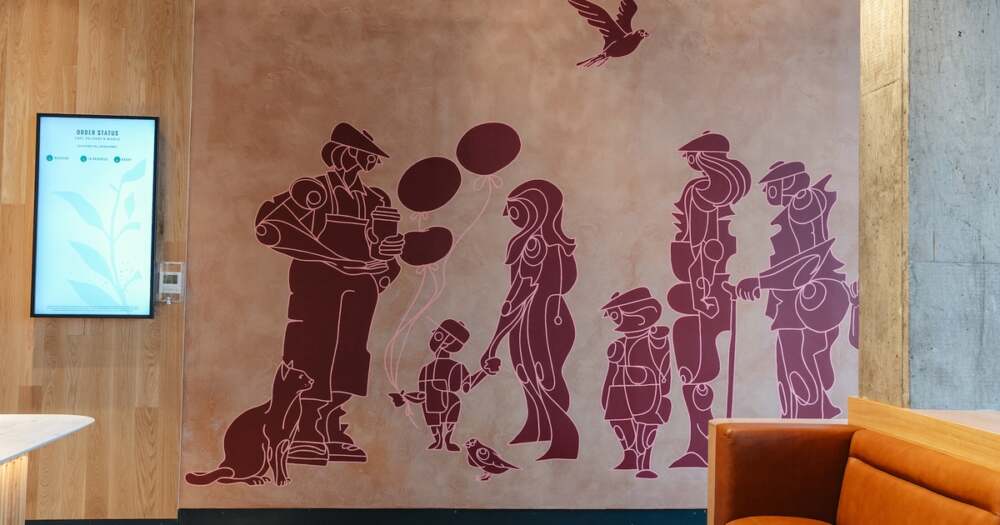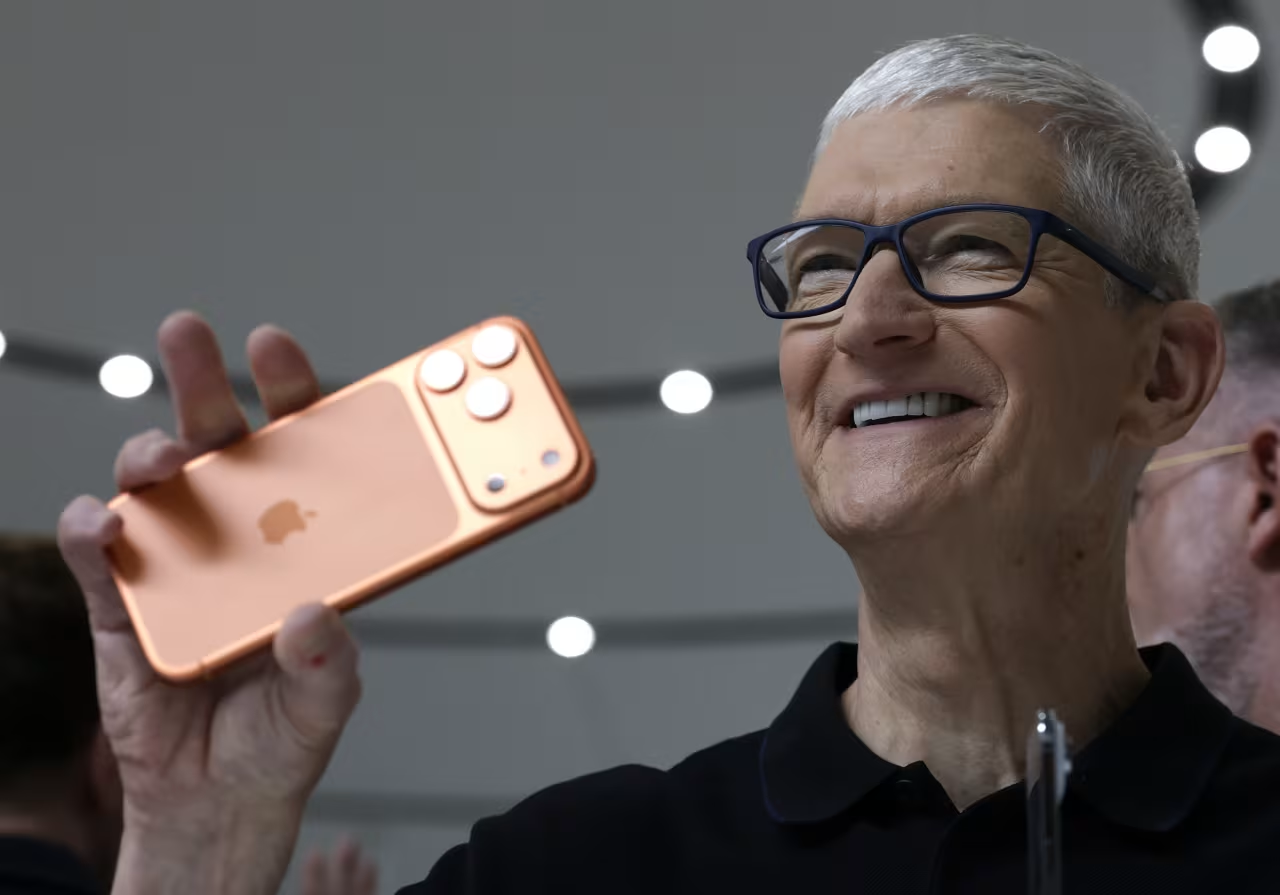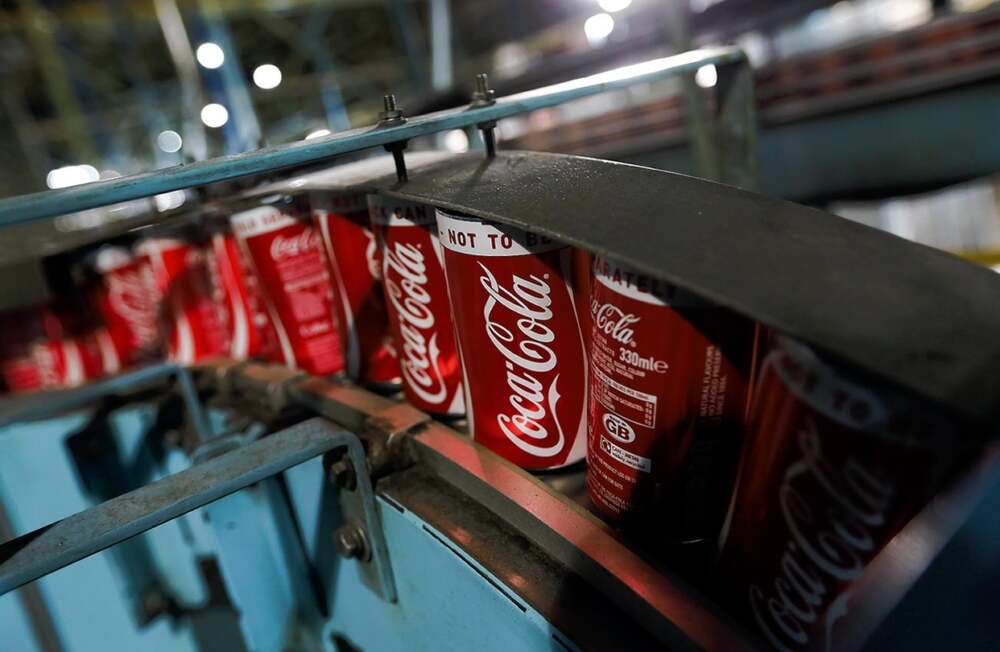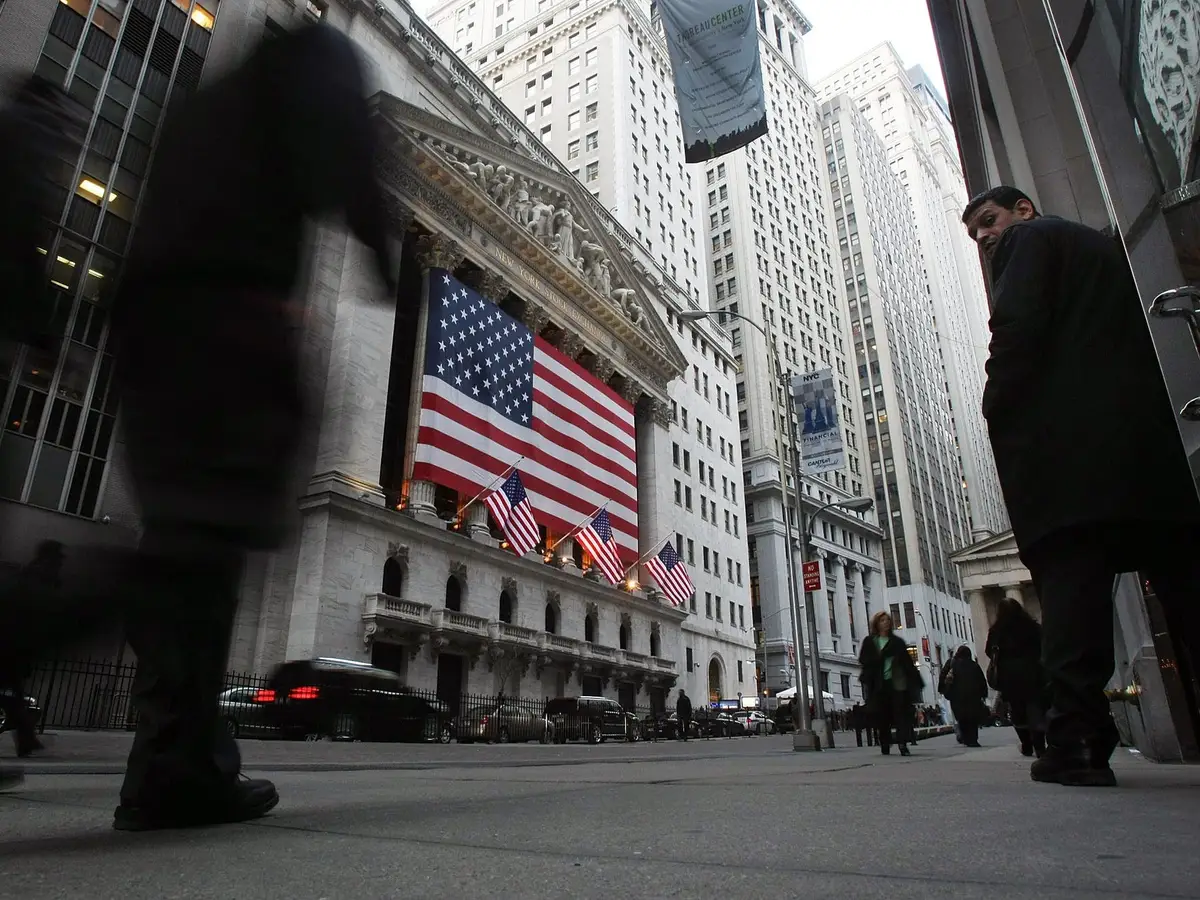Seattle, September 2025 – Starbucks is rolling out a groundbreaking redesign of its U.S. cafés to elevate accessibility and ensure every guest feels welcome. Building on its Inclusive Spaces Framework, the company is incorporating thoughtful design elements into both new-build and renovated stores.
Inclusive Design Features at the Core
The centerpiece of this initiative is the Inclusive Spaces Framework, developed in partnership with accessibility specialists, community advocates, and Starbucks employees. Its design enhancements include:
- Power-operated doors with elongated vertical buttons for easier access.
- Optimized acoustics and lighting, reducing background noise and glare to aid customers using hearing aids or with visual sensitivities.
- A next-generation point-of-sale system offering adjustable angles, voice-assisted input, screen magnification, visual order confirmation, and even photos of menu items to support language diversity and clarity.
- Lowered handoff counters with overhangs and clear space underneath to accommodate wheelchairs, service animals, and other mobility aids.
- Widened pedestrian pathways and barrier-free layouts that enhance navigation for all customers.
- Inclusive equipment design behind the counter—like coffee brewers with tactile buttons and visual indicators—making operations more accessible for staff.
- Support for low-vision and blind guests via in-store features like order status boards and Aira-compatible services.
These features debuted at the Union Market location in Washington, D.C., earlier this year and will become standard across all future company-operated U.S. cafés.
Industry Recognition and Cultural Impact
Accessibility leaders, including a principal author of the Americans with Disabilities Act, have praised the initiative as a new benchmark for inclusive retail design. A store manager who is deaf, now overseeing one of these locations, shared that half the team communicates using sign language—an acknowledgment of the community’s diversity and the need for representation.
This redesign reflects Starbucks’ long-standing culture of connection and inclusivity—complemented by earlier efforts like Signing Stores, free navigation services for visually impaired customers, and employee groups advocating for accessibility.
What This Means for the Future
Starbucks is integrating this accessibility-first mindset into its broader expansion strategy. With over 600 new U.S. stores slated to open this year, the company is embedding the Inclusive Spaces Framework into both new builds and renovations. In doing so, Starbucks aims not just to serve coffee, but to foster belonging—bridging design, community, and customer needs in every space.
















Leave a Reply